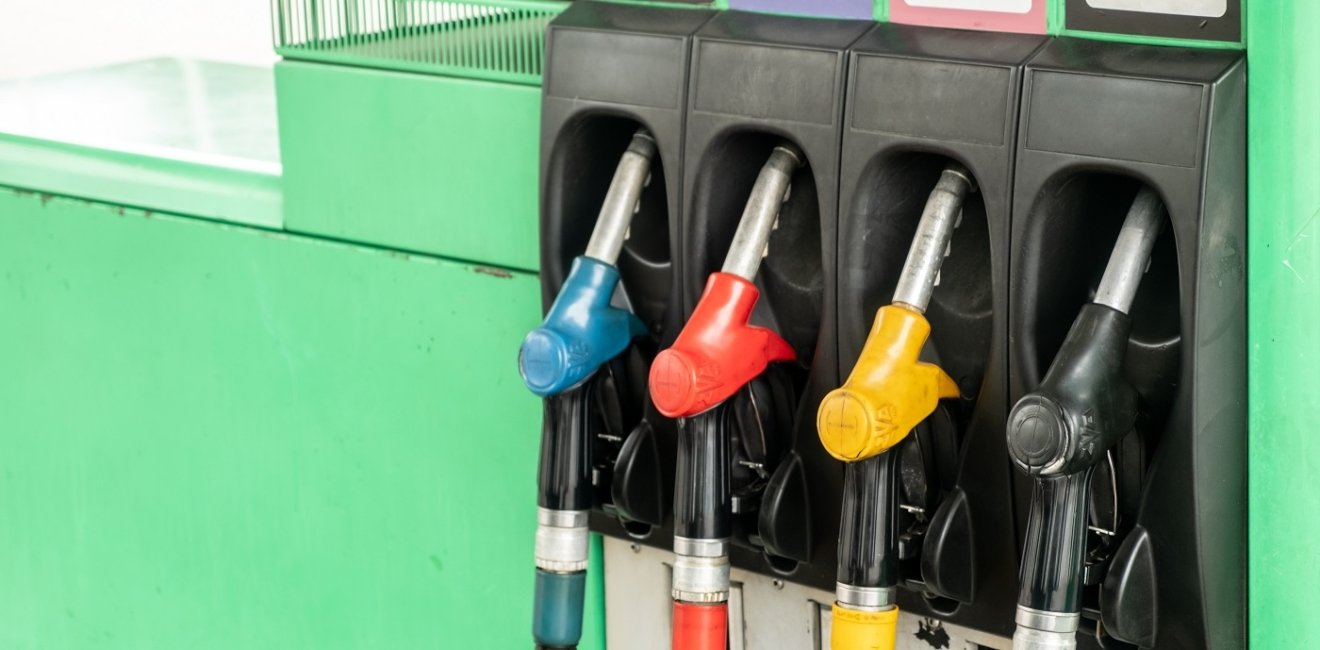
A blog of the Kennan Institute
The winter of 2022–2023 in Ukraine was the most difficult one ever. It’s probably correct to say that in recent decades, no other country has faced the sort of challenges the Ukrainian energy sector did last winter. Beginning October 10, Russia initiated wide-scale air strikes on Ukrainian energy facilities, mostly power generation and transmission infrastructure. Of the roughly 1,200 missiles and drones launched by Russia, almost a quarter hit energy facilities. All thermal and hydropower plants were damaged to a variable extent, along with 43 percent of the power transmission infrastructure and the distribution infrastructure in many regions. The Kyiv School of Economics has estimated the cost of the direct damage to Ukraine’s energy infrastructure at more than $8.8 billion.
Despite all odds, the country got through last winter. But concerns are mounting about expected challenges to the energy sector during the upcoming winter. Intelligence reports indicate that Russia is preparing for a new wave of energy terror in the winter and is studying new possible targets for attacks. Ukraine is preparing for these anticipated attacks by repairing and hardening infrastructure. Despite some financial stumbling in the energy sector attributable to the constraints of internal regulations, Ukraine is likely to get through the coming winter without an apocalyptic scenario developing.
Repair and Renovation
After last winter, the energy companies started a massive repair and maintenance campaign. The government reports that 62 percent of thermal power plant’s units have been repaired and maintained and are ready for the winter, along with 68 percent of hydropower plants and 80 percent of transmission power lines. These efforts will continue up to the onset of cold restricting further work.
Not all the damage can be repaired by the start of winter, however. There are a couple of reasons for this. The energy companies lack funds to complete repairs, and the scale of the damage is so great that not all facilities can be returned to optimal functioning in the next few months. As a result, over the coming winter, Ukraine will have less excess capacity over peak demand. By contrast, the huge volume of extra capacity last year helped Ukraine ride out the wintertime attacks. If some facilities are destroyed or damaged, the excess capacity can be used to cover demand.
Financial Problems
The lack of funds for facility repair and maintenance is a key concern as Ukraine prepares for winter. The energy companies in Ukraine have never bathed in luxury because of overregulation. Wartime damage and the cost of repairs, the loss of assets in the occupied territories, a lower demand for energy, and other consequences of the war complicate the situation. Just recently the government announced subsidies to finance cheaper loans for energy companies to help repair infrastructure. But these subsidies have not yet been granted, and time is passing.
Another major problem hamstringing energy companies is the huge and still growing debt in the electricity market, which affects companies' operations and threatens the normal operation of the power system. State-owned companies are among those with the highest debts. Ukrenergo, the state-owned electricity transmission system operator, owes other actors 50 billion UAH, while it is owed 59 billion in payments. This 50 billion UAH debt includes nonpayments owed to renewable power producers, which received only half the amount due. (This is important because renewable sources of energy could play a key role during cutoffs of conventional energy systems.) Energoatom, the state-owned enterprise that operates all the nuclear power plants in Ukraine and is the largest power producer in the country, along with others owes 25 billion UAH to the guaranteed buyer, a state-owned enterprise that makes up the difference between market prices and residential prices, for subsidizing lower electricity prices for households.
Resource Stock Targets—Some Met, Some Unmet
Ukraine is stocking the necessary volumes of natural gas for the winter, an effort that has succeeded in part because the decline in gas production has finally reversed, with the state-owned UGV (a subsidiary of Naftogaz), the biggest gas producer in the country, reporting increased gas production. Active drilling has resulted in the highest daily production since mid-2020.
Ukraine may not need to import gas if the winter is warm, and barring force majeure. And if the winter is cold, the need for imported gas will not be huge—not more than 3 billion cubic meters. Because natural gas exports are banned, Naftogaz is ready to buy up all the natural gas produced by private companies.
The challenge to resource stocks lies in a potentially higher demand for electricity production in the event of a coal shortage or loss of power capacities as a result of air strikes. During the summer of 2023, gas consumption was higher than a year earlier because Ukraine’s nuclear power plants were undergoing maintenance and because of higher demand by the state-owned Centrenergo, which failed to stock the necessary coal volumes to produce electricity and thermal energy. This contributed to the coal stocks in Ukraine falling short of target. Even should resource stock targets be met, however, companies, including Centrenergo, must still import some coal. The only question is where the money will come from. Last year the Energy Ministry obligated Ukrenergo to lend funds for these purchases. But this time around Ukrenergo is burdened by debt, so another funding source will have to be found.
Reliance on Electricity Imports
Electricity imports helped Ukrainians survive last year. And Ukraine expanded its allowed import volumes, which by now have reached 1,200 MW. This may help this year as well.
The only question, again, is about Ukrainian regulations. In late summer the commercial import of electricity was frequently restricted, as the cost of the imported electricity exceeded Ukraine’s price cap. To balance the power system, Ukrenergo had to request technical aid from European countries. Such aid is more expensive than commercial imports and worsened the already poor financial condition of Ukrenergo.
Other Factors and General Assessment
A lower excess capacity volume relative to the 2022–2023 winter will be a limiting factor during the upcoming winter. There are as well two unknown variables that will affect the power supply and energy stocks. The first is how cold the winter gets, as that will determine the demand for energy resources and capacities. The second is how effective the Russian air strikes are, as that factor will affect available capacities and possibilities for covering demand.
But even with the air strikes and consequent infrastructure damage, Ukrainian energy companies and personnel have gained very valuable experience in how to operate during attacks, as well as how to renew the power supply quickly. In preparing for the winter, the big energy companies are developing different scenarios, and this will help minimize the effects of infrastructure damage. And thanks to international partners, the Ukrainian air defense system is much better than before last winter.
In the case of attacks, the country will probably experience power cutoffs again. But the apocalyptic scenario with total blackouts is very unlikely. Of course, some local problems may arise when missiles or drones damage local facilities, especially the heating supply infrastructure, and the depth and chronicity of these problems will depend on the temperature. But after last winter, households, industries, and utilities purchased numerous small generators, which will help get Ukrainians through any difficult periods in the upcoming winter.
The opinions expressed in this article are those solely of the author and do not reflect the views of the Kennan Institute.
Author

Director, Energy Program, Ukrainian Institute for the Future

Kennan Institute
The Kennan Institute is the premier US center for advanced research on Eurasia and the oldest and largest regional program at the Woodrow Wilson International Center for Scholars. The Kennan Institute is committed to improving American understanding of Russia, Ukraine, Central Asia, the South Caucasus, and the surrounding region through research and exchange. Read more

Explore More in Focus Ukraine
Browse Focus Ukraine
Talking to the Dead to Heal the Living

Ukrainian Issue in Polish Elections


